In my review of the Apache trout, I discussed the diversity of trout in the American west that was brought about by climate change at the end of the last Ice Age. But trout weren’t the only fishes effected by this sudden change in climate. The American southwest is also home to numerous species of pupfish in the Cyprinodon genus. It is likely that they were all once one species, but as the southwest dried, and habitats shrank, they became isolated from each other and evolved unique adaptations that allowed them to survive in their tiny islands of water. The most famous of these pupfish is the Devil’s Hole pupfish (C. diabolis), which is only found in a water-filled cavern named Devil’s Hole and was the subject of intense conservation interest in the 60’s and 70’s. The Devil’s Hole pupfish, along with C. longidorsalis, is said to have the smallest native range of any vertebrate species.
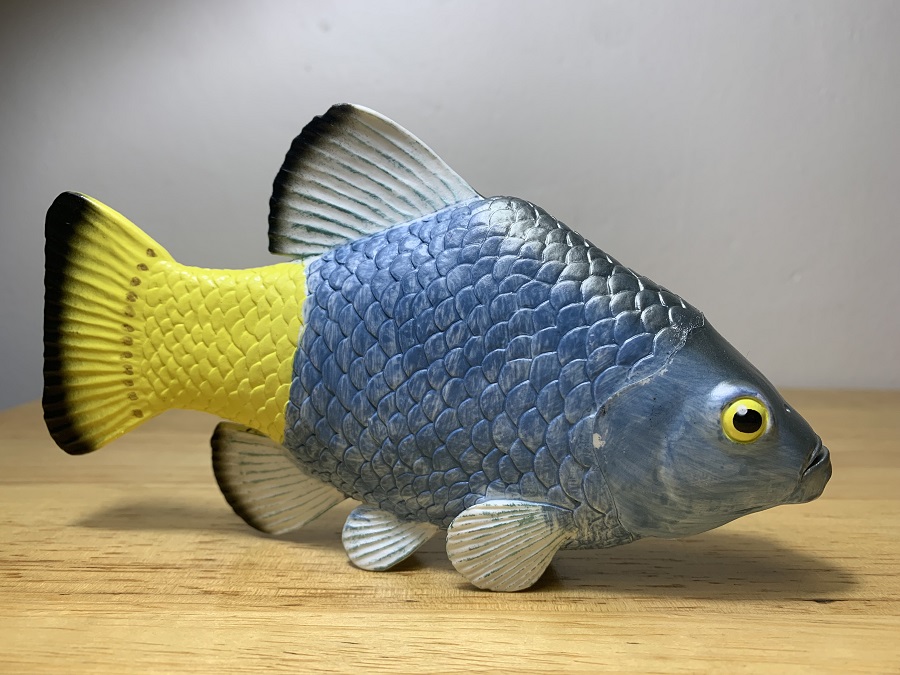
Today we’re looking at the desert pupfish (Cyprinodon macularius) by Safari Ltd., produced for the Marsh & Associates Native Fish Lab. The desert pupfish can be found in the Salton Sink basin and lower Colorado River delta in California, and in southern Arizona and Sonora, Mexico. Its range was once larger but has shrunk due to habitat destruction and fragmentation. The desert pupfish is also preyed upon by invasive species, like tilapia. As a result, the desert pupfish is listed as a federally endangered species in the U.S.
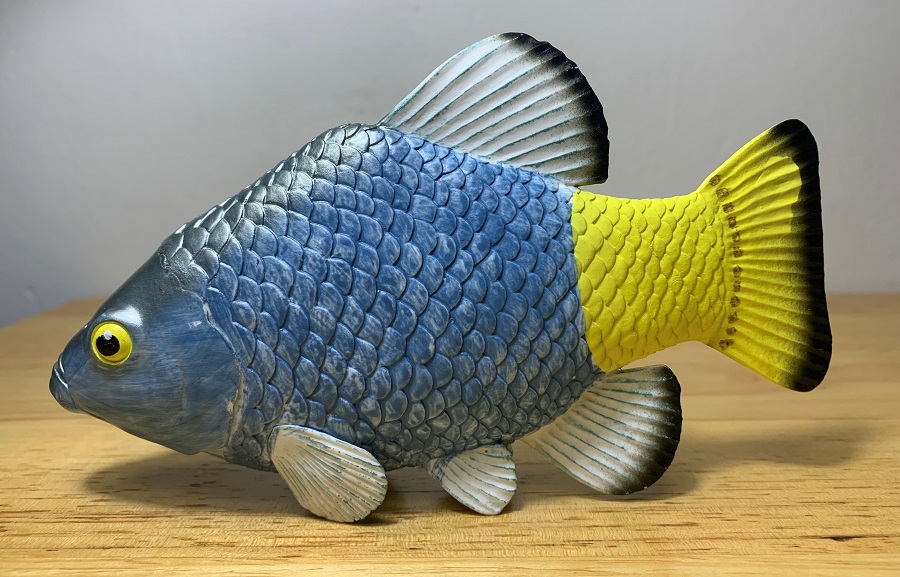
The Safari Ltd. desert pupfish measures 6” (15.24 cm), like all the Marsh fish figures. Since it is a deep bodied fish, the figure is also 3.5” (8.89 cm) tall which means it looks enormous next to the other fish in its collection, but it scales well with the loach-minnow. The actual desert pupfish reaches a maximum of 3” (7.62 cm) with males growing larger than females.

Pupfishes are killifish that belong to the family Cyprinodontidae. Although primarily found in the Americas, the genus Aphanius is found in Asia, Africa, and Europe. There are about 120 species of pupfishes, which apparently get their name from territorial displays reminiscent of puppies at play. Pupfishes are known for their ability to survive in extreme environmental conditions, including temperatures as high as 113 F (45 C), salinity as high as 142 ppt (ocean water is typically 35 ppt), and oxygen concentrations as low as 0.13 mg/liter.
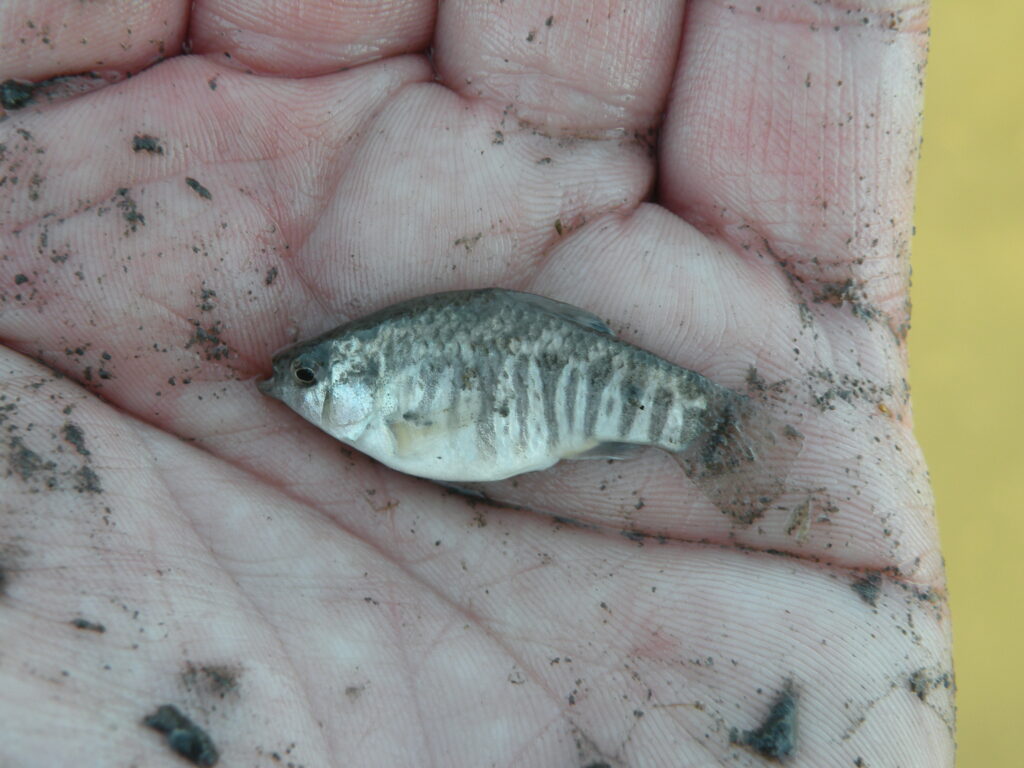
The Safari pupfish faithfully replicates the anatomy of the desert pupfish and pupfishes in general. It has a laterally compressed deep body, deep caudal peduncle, arched back, single dorsal fin, upturned mouth, no lateral line, and a covering of cycloid scales.
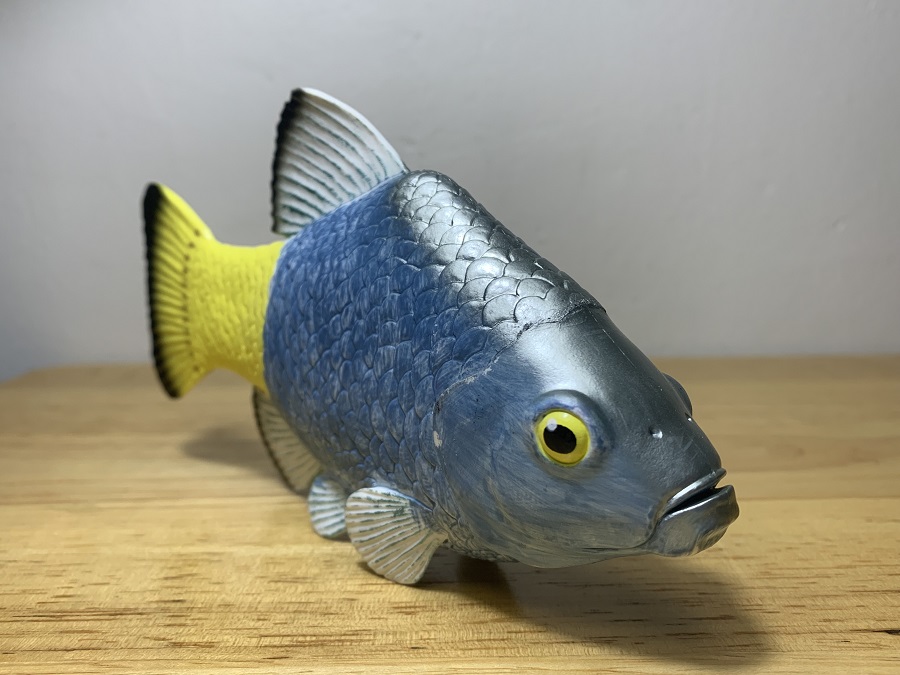
The top of the head and back are silver while the rest of the body is predominantly blue. The caudal peduncle and fin are vibrant yellow. The caudal, dorsal, and pelvic fin have black edges. The paired fins, dorsal, and anal fins are white with the fin rays highlighted in blue.
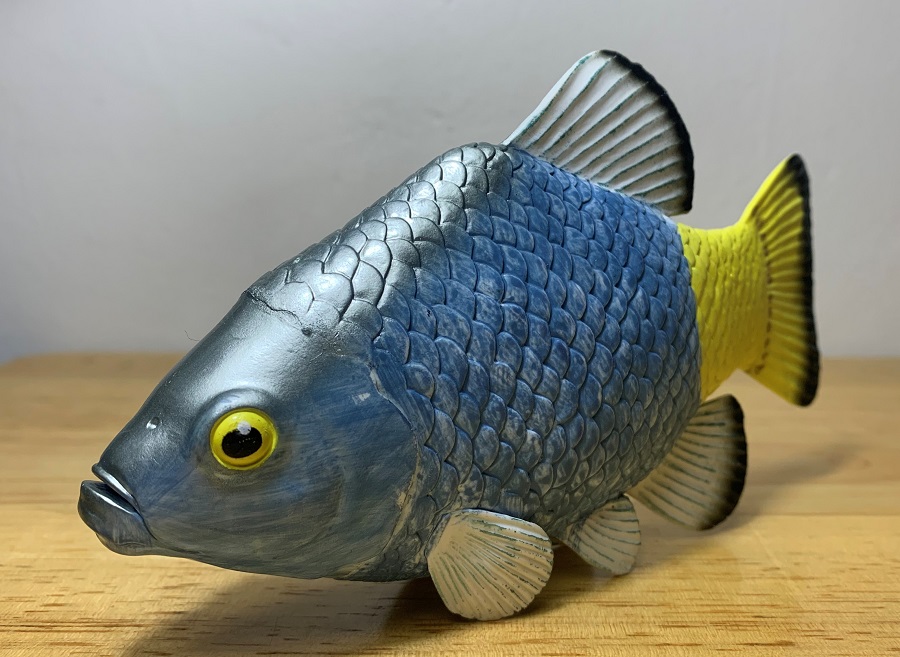
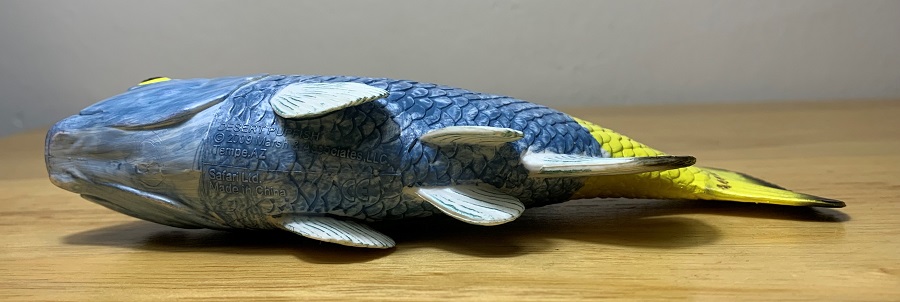
The eyes are yellow with black pupils and a little white spot of eye shine. A row of brown dots run down the base of the caudal fin. This coloration, along with the arched back, indicate that this is a male pupfish during the breeding season. Females are generally tan or olive with irregular, dark vertical bars along their sides.
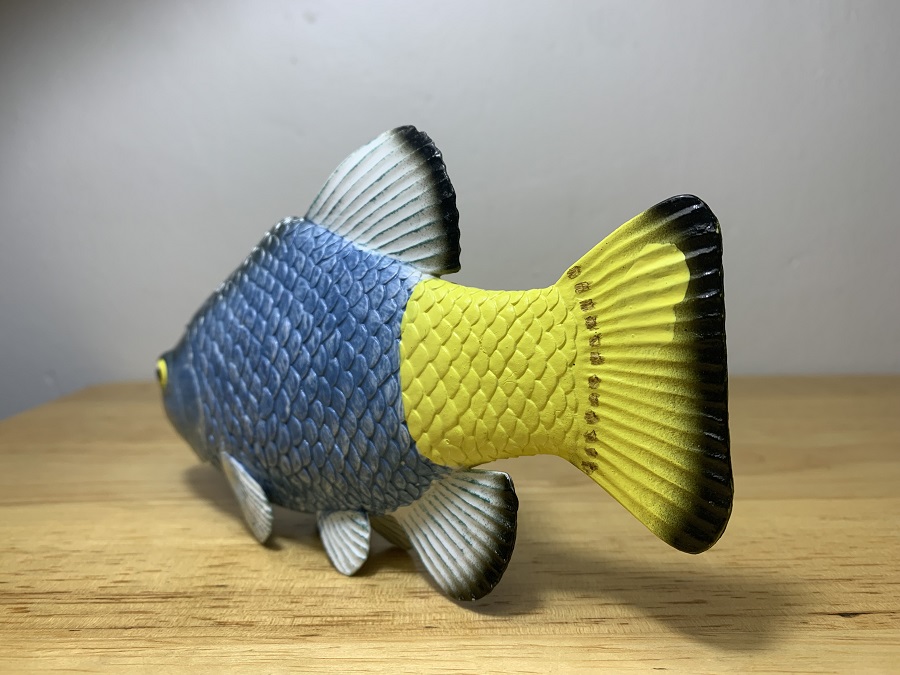
If scale is of no importance to you then the Safari desert pupfish is definitely worth seeking out, and essential to collectors with an affinity for North American fishes. If you’re looking for a pupfish at a smaller scale, then I recommend the Yowie Devil’s Hole pupfish. This pupfish is a top-notch figure for which I have no complaints. You can find it at the Marsh Education online shop where it retails for $12.99.

Disclaimer: links to Ebay and Amazon on the AnimalToyBlog are affiliate links, so we make a small commission if you use them. Thanks for supporting us!




I was doing more reading after I read your post, and I see there is still a population at Quitobaquito Springs in southern Arizona. I visited those springs in 1999 and I recall seeing fish; I wonder if it was this species!!! 🙂
I didn’t know as much about fish then, as I was more of a hard-core entomologist LOL
Yeah, I was getting some confusing and conflicting information about their range in Arizona. The California Department of Fish and Wildlife states “naturally-occurring populations of desert pupfish have been extirpated in Arizona” and I assumed that meant that they were gone completely but according to Wikipedia there are transplanted populations there. Gotta read between the lines I guess. I’ll edit the review.
I also got some information here: https://nas.er.usgs.gov/queries/factsheet.aspx?SpeciesID=654
Ultimately I decided to defer to a book, the Peterson Field Guide lists southern Arizona within their range, so that’s what I have done.
Oh, so it looks like the Quitobaquito Springs population is its own species now; so C. macularius, proper may no longer occur in AZ
https://en.wikipedia.org/wiki/Sonoyta_pupfish
Oh boy. I’m just gonna leave it as is with southern Arizona, lol. Blame the Peterson Field Guide from this point on.